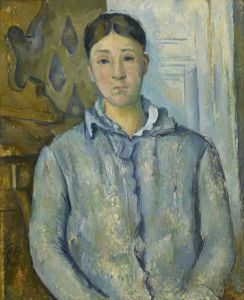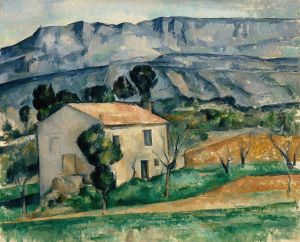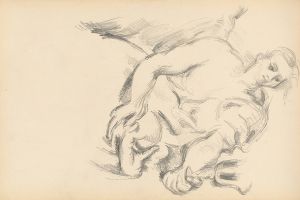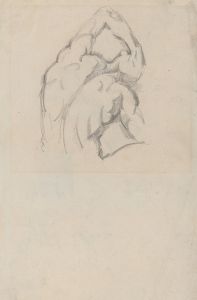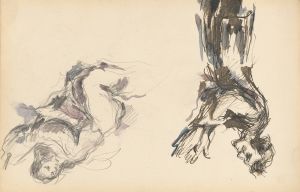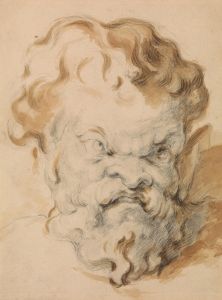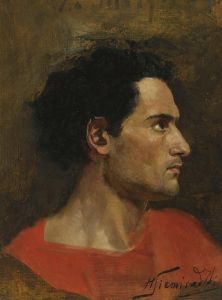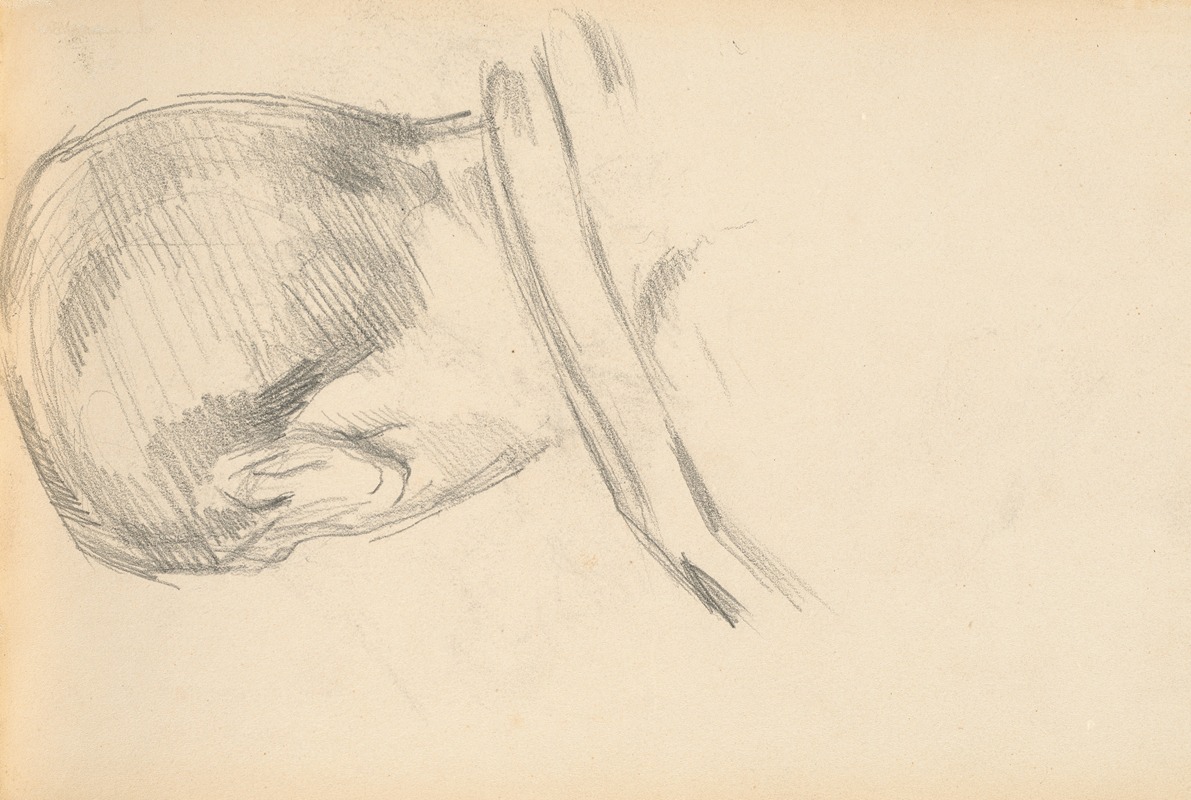
Head of a Boy Seen from Behind
A hand-painted replica of Paul Cézanne’s masterpiece Head of a Boy Seen from Behind, meticulously crafted by professional artists to capture the true essence of the original. Each piece is created with museum-quality canvas and rare mineral pigments, carefully painted by experienced artists with delicate brushstrokes and rich, layered colors to perfectly recreate the texture of the original artwork. Unlike machine-printed reproductions, this hand-painted version brings the painting to life, infused with the artist’s emotions and skill in every stroke. Whether for personal collection or home decoration, it instantly elevates the artistic atmosphere of any space.
"Head of a Boy Seen from Behind" is a painting by the renowned French Post-Impressionist artist Paul Cézanne. Although specific details about this particular work are scarce, Cézanne's broader body of work and his influence on modern art are well-documented and provide context for understanding this piece.
Paul Cézanne (1839–1906) was a pivotal figure in the transition from 19th-century Impressionism to 20th-century Cubism. His innovative approach to form, color, and composition laid the groundwork for the development of modern art. Cézanne's work is characterized by his methodical brushstrokes, a focus on the underlying structure of objects, and a unique use of color to convey depth and form.
"Head of a Boy Seen from Behind" fits within Cézanne's exploration of portraiture and the human figure, subjects he returned to throughout his career. While the painting's exact date and provenance might not be well-documented, it reflects Cézanne's interest in capturing the essence of his subjects through unconventional perspectives. The choice to depict the boy from behind is indicative of Cézanne's experimental approach, focusing on the form and structure rather than the facial expression or identity of the subject.
Cézanne often painted portraits of his family members, friends, and local villagers, using them as subjects to explore his artistic theories. His portraits are noted for their introspective quality and the way they convey the sitter's presence through subtle shifts in color and form. By choosing to paint the boy from behind, Cézanne invites the viewer to consider the subject's form and posture, emphasizing the shape of the head and the play of light and shadow across the surface.
The painting likely employs Cézanne's characteristic palette, which includes muted earth tones and vibrant hues, applied in a way that builds up the surface of the canvas with layered brushstrokes. This technique creates a sense of volume and solidity, a hallmark of Cézanne's style that influenced later artists such as Pablo Picasso and Henri Matisse.
Cézanne's work was not widely appreciated during his lifetime, but he gained recognition posthumously as a key figure in the development of modern art. His innovative approach to composition and form challenged traditional artistic conventions and inspired a generation of artists to explore new ways of seeing and representing the world.
In summary, while specific information about "Head of a Boy Seen from Behind" is limited, the painting can be appreciated within the context of Cézanne's broader artistic achievements. It exemplifies his commitment to exploring the formal qualities of his subjects and his influence on the trajectory of modern art.








